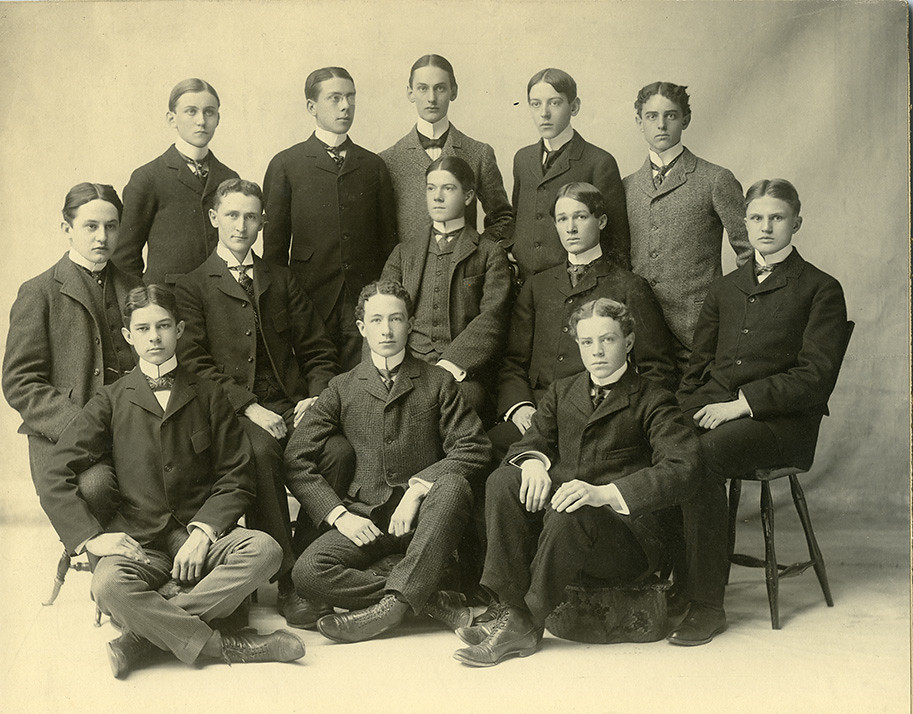 |
| Phillipian Board, 1897. Phillips Academy, Andover |
So what is the Andover Experience?
When I first arrived on campus I sat down with a variety of PA to ask them that, and the consistent response was that it's about the people. There were some additional ideas offered (we'll get to that in a minute) but over and over again I heard a sentiment that I started generalizing as, "You form lifelong friendships with amazing people from around the world who aren't just like you."
I even got confirmation of that from a local landscaper I met who was saving money so his daughters could go to PA. He went to high school in Lowell, and he described how all his friends were basically like him: born and bred in the Lowell area, still here and working here. But one of his friends went to PA on scholarship, and his friends live all over the world and do interesting, diverse, sometimes incredible things. He recognizes the importance of having peers with ambition, vision, and a range of backgrounds, experiences and values, and he wants that for his daughters.
So...how to do that in five weeks, only two of which are on campus?
One way bonds get formed is through facing challenges together, and relying on each other. Thus a core design principle in Seeing in Patterns, Thinking in Code is that students will rely on each other. Often that will take the form of teamwork, but two of our recurring themes are Peer Feedback and Iteration. That is, our work...whether individual or team-based...is never "done" after a single draft, but instead we improve our work over multiple drafts, and the way we improve it is by soliciting peer feedback. The skill of giving and getting feedback is something we will explicitly scaffold and practice throughout the course.
Of course, while developing bonds with amazing people from around the world who aren't just like you is central to the Andover Experience, that by itself isn't uniquely Andover.
Another theme that has repeatedly appeared is that of Phillips Academy itself: literally the campus, the buildings, the facilities. It is hard to imagine a true PA experience that didn't take place in and around 180 Main Street. So another component to our 5-week experience is to get students to experience as much of the campus as possible. They will be living in dorms, eating in commons, and using the athletic facilities, but we want to do more: we will be spending time in the Addison Gallery (speaking of 'uniquely Andover'), walking in the Sanctuary, using the new Makerspace, and otherwise exploring the nooks and crannies of PA.
In one of my conversations a PA community member said, "We'll know we've been successful if two years later the kids are still in touch with each other." While it doesn't mean we will be unsuccessful if this doesn't happen, it is the outcome that has been guiding all our decisions for the course.





